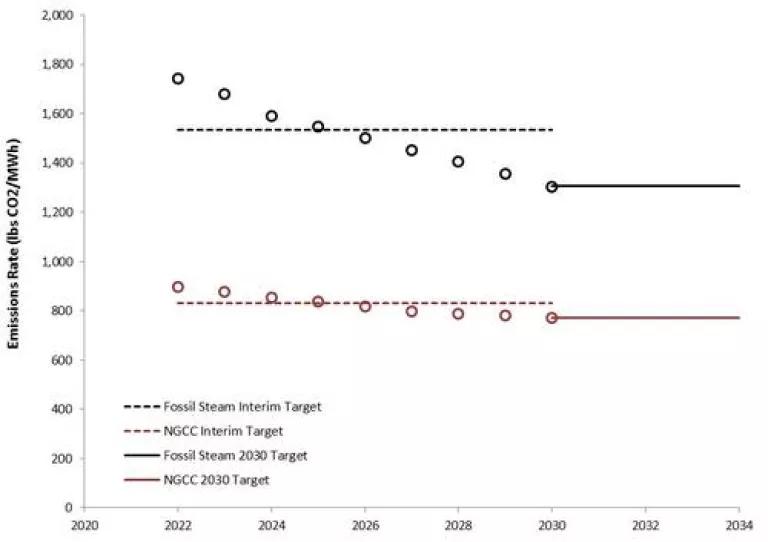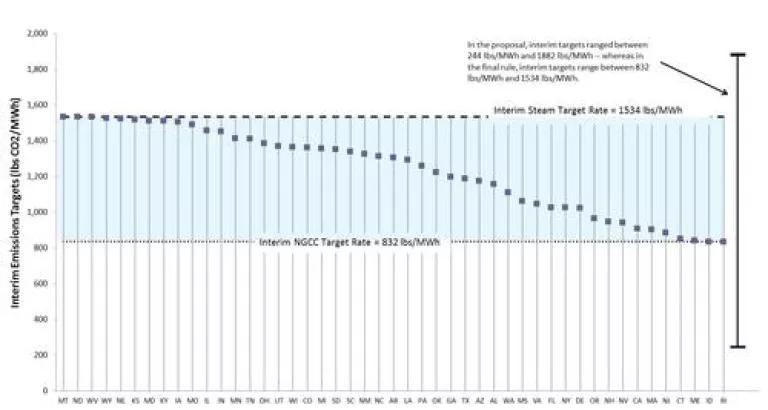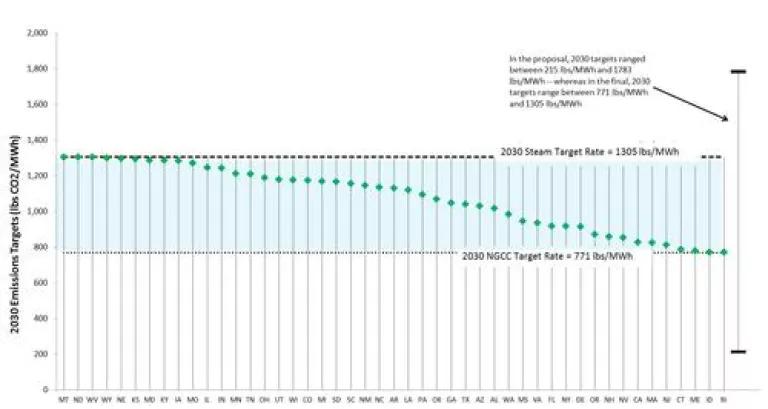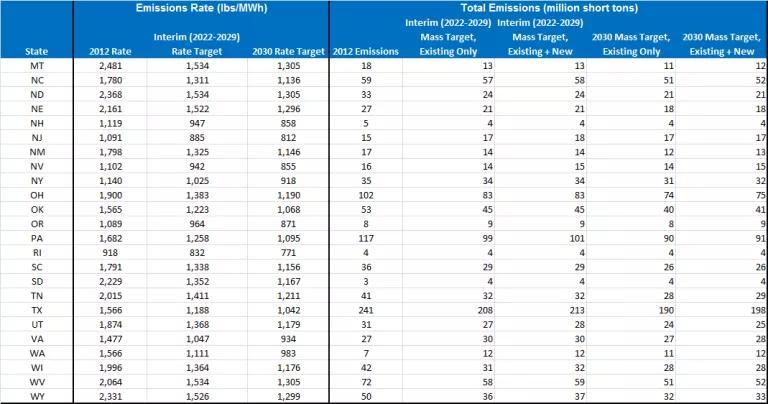Clean Power Plan: Reasonable, Achievable State Targets for Cutting Power Plant Pollution

The historic Clean Power Plan finalized this week to limit carbon pollution from power plants allows each state to design its own cost-effective pathway toward a cleaner electricity system that will protect our health and help safeguard future generations from the worst impacts of climate change.
When President Obama announced this game-changing strategy to rein in pollution from the plants that burn fossil fuels to generate electricity - the largest single source of America's climate-changing pollution - he said he refused "to condemn our kids to a planet that's beyond fixing." Like the president, I am the father of two young daughters and I couldn't agree more.
The U.S. Environmental Protection Agency (EPA) plan released yesterday offers reasonable - and achievable - targets for states to meet to help reduce the nation's total carbon pollution by 32 percent below 2005 levels and transition to a cleaner energy future over the next 15 years. The result will be better air quality, fewer asthma attacks and premature deaths, more jobs, and industry innovation.
In fact, EPA estimates climate and health benefits of $34 billion to $54 billion in 2030, far exceeding the $8.4 billion cost of the plan. And, thanks to expected investments in ways to use energy smarter, households will save at least $85 on their annual electric bills by 2030 for total consumer savings of $155 billion from 2020-2030.
Pollution Will Decline
Figure 1 shows the 32 percent emissions reductions compared to the proposed rule issued by EPA 14 months ago. (The projected emissions under the final rule have almost the same carbon dioxide (CO2) pollution outcome whether a state uses a rate-based goal -- pounds per megawatt-hour -- or a mass-based rate of annual tons, so only the rate-based scenario is shown.)
Figure 1: Projected National CO2 Emissions under the Clean Power Plan
Fair and Consistent Treatment
The final plan's state emissions reduction targets treat all power plants and all states consistently and fairly. The EPA designed the targets based on extensive input and we're confident the goals are achievable for each state and present tremendous opportunities for investment in cost-effective clean energy.
The plan based each state's target on assessing the carbon pollution reduction potential of low-emitting electricity generating resources across three U.S. regions that share interconnected electricity grids (Eastern Interconnect; Western Interconnect; and the Texas Interconnect). This recognizes that generating resources in each interconnected region are available to others in the region to assist in reducing the carbon pollution from electricity consumed in each state.
That way, states can meet customer needs for reliable electricity services with much less carbon pollution by putting priority on using lower-emitting options like energy efficiency (which avoids the need for electric generation), wind, solar, other renewables, nuclear, and efficient natural gas, and by relying less on or improving the efficiency of coal plants. States can also prioritize cost-effective clean energy options, including investments in energy efficiency programs and renewable energy projects, to meet their targets.
EPA has been conservative in estimating the quantity of clean energy resources available to the states and how much carbon pollution they can reduce. EPA assessed the potential to cut coal plant emissions (by making coal plants more efficient and by substituting more renewable and gas-fired electricity) for each of the three regions. EPA did the same for the potential to reduce gas plant emissions by substituting renewable energy. The agency then set state targets for coal and natural gas plants based on the least demanding of three regional assessments of the potential to reduce emissions. Other technologies and programs not used in target setting, such as energy efficiency, also will increase flexibility and ease compliance.
Concerns had been expressed that EPA's June 2014 proposed rule had very different targets across states. Some coal-heavy states would have had to cut very little carbon pollution. The new approach still sets targets for coal-heavy states that are less demanding than those for states with cleaner generation resources, but the disparity is significantly reduced.
How It Works
EPA established four different pollution targets that can be used for existing fossil power plants, depending on the policy approach a state chooses for its plan. Two are based on an emissions performance rate (pounds per megawatt-hour) and two are based on a mass-based limit (tons).
The options are:
1) Nationally consistent emissions performance rates by power plant type:
a) Fossil-fuel fired steam units (primarily coal); and
b) Stationary combustion turbines (primarily natural gas).
2) State average emissions performance rates based on the targets above and the mix of electricity generated from steam (coal) and combustion turbines (gas) in 2012.
3) State mass-based targets for plans that regulate existing plants.
4) State mass-based targets for plans that regulate existing and new plants.
The emissions performance rates by power plant type decline over time from 2022 to 2030. In 2030 and beyond, the standards nationwide will be:
⢠Fossil-fuel fired steam units (primarily coal): 1,305 pounds of carbon dioxide (CO2) per megawatt-hour (MWh)
⢠Stationary combustion turbines (primarily natural gas): 771 lbs CO2/MWh
Figure 2: National Rate Targets by Power Plant Type

State emissions performance rates based on the targets above and each state's mix of electricity generated from steam and combustion turbines as of 2012 are shown in Figure 3 & 4, for both the 2022-2029 interim period, and for 2030 and beyond. The figures also show the much wider spread of targets in the proposed rule.
Figure 3: Final State Rate-based Targets for the Interim Period (2022-2029)


The rule also establishes two mass-based state targets for state plans: one for existing plants and another that also includes new plants. There are many reasons for states to opt to include new plants, including to address competitiveness issues among plants and ensure a good environmental outcome. Both the rate and mass-based state goals are shown below.
Table 1: Final Rate and Mass-based State Targets

Table 1 (Continued): Final Rate and Mass-based State Targets

EPA has also released state-focused fact sheets containing further details on the targets and glide path trajectories. NRDC has information related to the Clean Power Plan here, including our detailed resource book entitled "Clean Power: The Case for Carbon Pollution Limits."

